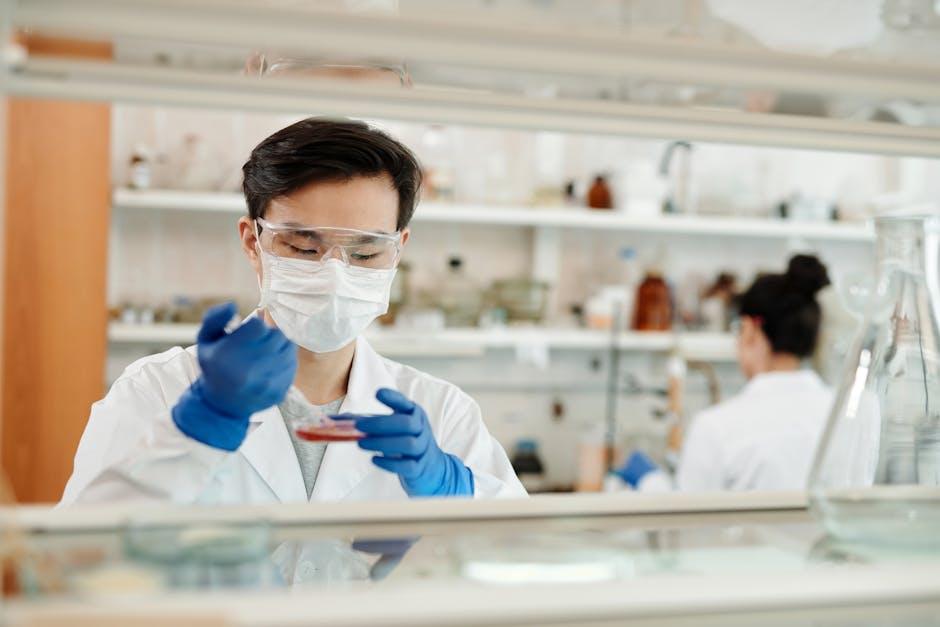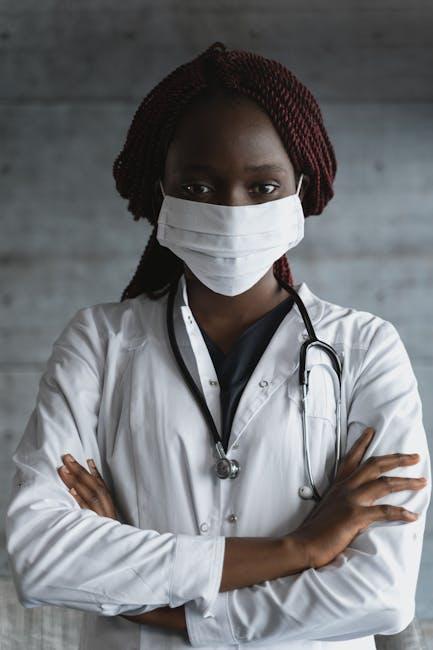
COVID-19 and Medical Emergencies in the Dental Practice – Nature
Since the onset of the COVID-19 pandemic, dental practices worldwide have had to adjust not only their routine infection control protocols but also their approach to managing medical emergencies. The intricate relationship between COVID-19, patient health, and the fast-paced environment of dental treatment rooms has posed unique challenges. This article explores the nature of medical emergencies in dental practices amidst the pandemic, highlighting essential safety measures, practical tips, and real-world case insights to help practitioners navigate these unprecedented times.
Understanding Medical Emergencies in Dental Practices during COVID-19
Medical emergencies in dental settings range from syncope (fainting) and allergic reactions to more severe cardiovascular or respiratory complications. The presence of COVID-19 has introduced added layers of complexity in managing such emergencies. Notably:
- Patients infected or recovering from COVID-19 may present altered physiology and increased risk factors (e.g., blood clotting issues or respiratory limitations).
- The use of personal protective equipment (PPE) and infection control procedures can complicate rapid emergency response and communication.
- The pandemic has intensified stress and anxiety among patients, potentially increasing the incidence of panic attacks and stress-induced emergencies.
Common Medical Emergencies Encountered in Dental Practices
| Emergency Type | Potential COVID-19 Impact | Management Considerations |
|---|---|---|
| Syncope (Fainting) | Dehydration and weak immunity post-COVID-19 infection may increase syncope risk. | Ensure rapid patient positioning and oxygen administration, while maintaining PPE use and distancing where possible. |
| Allergic Reactions | Potential unknown interactions of COVID-19 medications and dental anesthetics. | Always check recent medical history and be prepared with emergency medications like epinephrine. |
| Respiratory Distress | COVID-19 may cause reduced lung function, complicating airway management. | Monitor oxygen saturation closely; avoid aerosol-generating procedures during emergencies. |
| Cardiac Arrest | COVID-related myocarditis or coagulopathy increases risk. | Be ready for immediate CPR with COVID-19 safety modifications (e.g., PPE and barrier devices). |
Safety Protocols and Practical Tips for Handling Emergencies During the Pandemic
To effectively manage medical emergencies in dental practices during COVID-19, a balance between prompt intervention and infection prevention is crucial. Consider these best practices:
1. Pre-Appointment Screening and Risk Assessment
- Implement thorough patient screening questions related to COVID-19 symptoms, exposure, and vaccination status.
- Update medical histories to include COVID-19 infection timelines and residual health issues.
- Identify high-risk patients to prepare for possible complications.
2. Maintaining Optimal Infection Control During Emergencies
- Ensure all staff wear appropriate PPE at all times, including masks, gloves, eye protection, and gowns where applicable.
- Prepare emergency kits and equipment to be easily accessible and regularly sanitized.
- Use high-efficiency particulate air (HEPA) filters or air purifiers to reduce airborne pathogens in treatment rooms.
3. Emergency Response Modifications for COVID-19
- Use barrier devices (airway boxes, clear plastic sheets) during procedures like CPR to minimize aerosol spread.
- Limit the number of staff involved in emergency care to reduce exposure.
- Practice clear and effective communication, possibly with hand signals, inside PPE.
Case Studies: Medical Emergencies in Dental Practice Amid COVID-19
Consider the following illustrative case to contextualize how dental teams can apply COVID-aware emergency protocols.
Case: Managing Syncope in a Recently Recovered COVID-19 Patient
A 56-year-old male patient, recovered from moderate COVID-19 two months ago, presented for root canal treatment. Mid-procedure, he experienced sudden dizziness and fainted. Staff quickly followed these adjusted steps:
- Patient was laid flat with legs elevated to improve blood flow, while all providers remained donned in N95 masks and face shields.
- Supplemental oxygen was administered via nasal cannula.
- Rapid vital sign monitoring was conducted using sanitized equipment.
- Since the patient’s oxygen saturation was borderline low, his treatment was postponed pending further medical evaluation.
This case underlines the importance of cautious emergency management combined with individual COVID health assessments.
Benefits of Enhanced Emergency Preparedness During COVID-19
While the pandemic has created challenges, it also presents opportunities to elevate safety and emergency response standards:
- Improved Patient Confidence: Visible commitment to enhanced safety protocols reassures patients, promoting trust and retention.
- Staff Training and Team Coordination: Increased focus on emergency drills and COVID-specific scenarios improves overall readiness.
- Innovative Use of Technology: Telehealth consultations to triage urgent cases reduce unnecessary in-person visits and exposure risks.
Conclusion
The COVID-19 pandemic has undeniably reshaped the landscape of medical emergencies in dental practices. By understanding the unique health risks posed by COVID-19, adopting rigorous infection control protocols, and tailoring emergency responses accordingly, dental practitioners can navigate medical crises more safely and effectively. Ongoing staff education, patient communication, and readiness remain key pillars for sustaining quality and safe dental care in these evolving times.
For dental professionals committed to navigating this complex intersection safely, staying informed and proactive about pandemic-specific emergency management is essential. Your dental practice’s resilience depends on how prepared you are today to meet the challenges of tomorrow.


